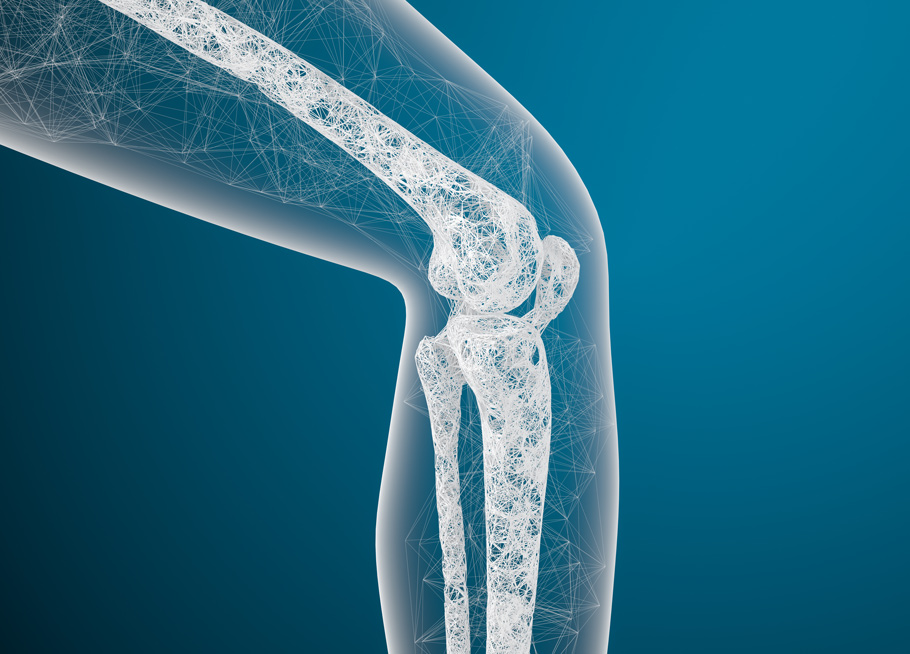
Osteoarthritis is one of the most common diseases I see among patients who visit my private rheumatology clinic in London. In fact, osteoarthritis is arguably among the most common of all rheumatic diseases. It presents with a variety of symptoms – the most notable being joint pain.
The joint pain associated with osteoarthritis is a double-edged sword. Not only is it extremely discomfiting, but it can also lead sufferers to adopt a more sedentary lifestyle. In turn, being sedentary can encourage the acceleration of osteoarthritis and increase pain levels. Yet there is something osteoarthritis sufferers can do (indeed, as can sufferers of other types of arthritis such as rheumatoid arthritis, psoriatic arthritis, and ankylosing spondylitis), and this is exercise.
If you suffer from osteoarthritis, I strongly urge you to talk to your rheumatologist about exercise. If you do not have a doctor you see regularly, you can find a rheumatologist fairly easily by doing an online search.
Osteoarthritis and Exercise
It is fairly common for osteoarthritis patients to avoid exercise as a matter of course. They don’t want to exercise because they know that it will increase their pain, if only temporarily. Many avoid exercise under the notion that it will only make the disease worse.
As a rheumatology expert, allow me to let you in on a little secret: regular exercise appropriate to the severity of osteoarthritis is one of the best things you can do to reduce pain and slow down the progression of the disease. This may sound counterproductive, but it really isn’t.
Regular exercise increases joint strength and flexibility. For example, exercises focused on the knees will strengthen the muscles that support the knee joints. Added muscle strength will improve flexibility as well. The combination of the two normally reduces pain.
Also know that osteoarthritis tends to encourage the loss of muscle mass. This is one of the reasons that pain increases as the disease progresses. If you can maintain muscle mass through moderate exercise, you can slow down the progression of the disease and thus the severity of the pain you experience.
Good Exercises for Osteoarthritis Patients
It is fair to say that not all exercises are appropriate for osteoarthritis patients. For many patients, we recommend staying away from high impact exercises. You could be the exception to the rule, which is why I urge you to speak with your rheumatologist.
The general rule is to recommend medium to low impact exercises that focus on strengthening the joints and increasing flexibility. Some of the more common exercises recommended for osteoarthritis patients include:
- walking
- light callisthenics
- yoga and tai chi
- swimming
- cycling (or stationary bike)
- light strength training.
Working together with your rheumatologist, you can develop an appropriate exercise programme in relation with where you are in osteoarthritis progression. The right exercises can make a significant difference in how you feel day-to-day. And again, they can help to greatly reduce the symptoms of osteoarthritis.
Whether you come to my office or look for a rheumatologist closer to where you live, please make an effort to be up front and honest about everything you are experiencing. Your rheumatologist needs to know exactly where you stand in order to help you devise an exercise plan. If your exercise plan makes your symptoms worse, don’t be afraid to let your rheumatologist know.
Remember, exercise is one of the best things you can do for yourself as an osteoarthritis patient. We rheumatologists are here to help you design and maintain an appropriate exercise plan in conjunction with our physiotherapy colleagues.
Article by Dr. Naveen Bhadauria



